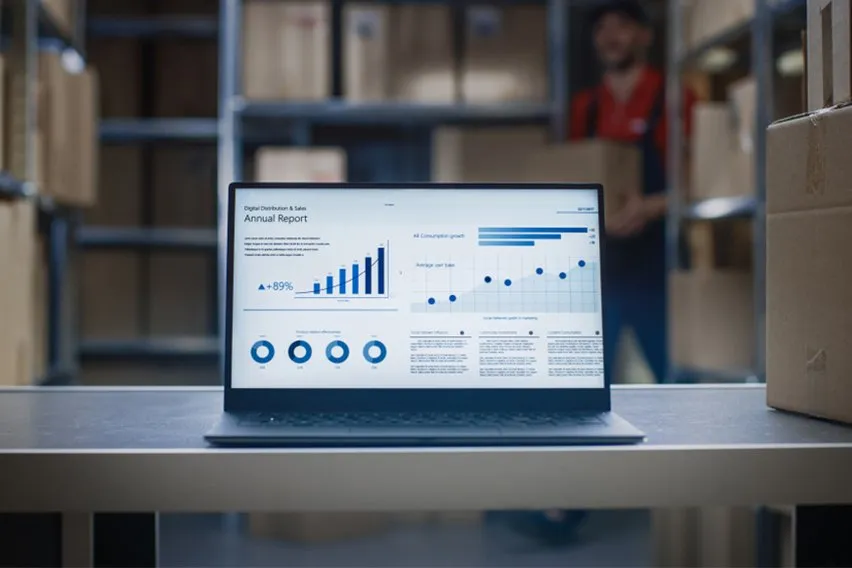How to Find the Critical Path: The Ultimate Guide to Calculate

The Critical Path is a key concept when it comes to project management. Learn why it’s important and how to calculate it
If you’ve ever come across the notion of “the critical path”, you’ve probably seen tables and complex calculations. The concept is buried under a lot of project management jargon that makes it more complicated when it needs to be. The core principle is actually quite simple!
Here’s What We’ll Cover:
The Critical Path – Definitions You Need to Know
How to Calculate the Critical Path: Step by Step
What Is the Critical Path?
The critical path is the longest sequence of tasks you have to complete to finish complex projects.
Calculating the critical path helps you to decipher the duration of the project as a whole.
The tasks you include in the critical path are called critical tasks. This is because the project can’t move forward without completing those tasks. So their duration and estimated lead times are vital to your project schedule. This is how you predict how long the project will take from beginning to end.

Critical path analysis involves 4 key components:
- The task list for the entire project from beginning to end
- Estimates of how long each task will take
- Creating a sequence of activities
- Calculating the longest route to project completion
The Critical Path – Definitions You Need to Know
Earliest start time – The earliest start time is the soonest possible date that a task can begin. Calculating the earliest start time involves the surrounding tasks. If one task is dependent on the task before it, it affects the earliest possible start time.
Earliest finish time – Likewise, the earliest finish time is the earliest that you can complete the task. This pends on the expected delays or lag time between previous tasks.
Latest start time – The latest start time is the last possible moment you can begin the task without affecting your project deadlines. Missing the latest start time has a knock-on effect on the project duration.
Latest finish time – The latest finish time is the latest you can complete a task. It depends on the latest start time and the expected duration of the task.
Float – This is the longest you can delay a task before it impacts the project deadline. Float is also known as “slack”.
How to Calculate the Critical Path: Step by Step

- Break Down Your Project Into Tasks
While you do this, decide the critical tasks involved in the project. You are distilling the project down to its essential components. - Figure Out How the Tasks Relate to One Another
Do you need to complete Task A before Task B can begin? Maybe Task C is dependent on Task A but not Task B. So Task B and C could be parallel tasks. Figure out the dependent tasks. All that means is what needs to happen before beginning this task. - Draw a Network Diagram
Calculating the critical path is so much easier with a visual representation of your project timeline. You can use software to do this or pen and paper. I recommend using a Gantt chart for your project plan. A PERT chart will also work well. For pen and paper, you can draw a simple flow chart. This will help see activity relationships. - Estimate Duration of Each Task Individually First
Estimating the duration of each task helps to build a broader picture of how long the project may take. An accurate estimate only happens by time tracking. - Input Any Lag Time
If you know there will be some delay between certain tasks for one reason or another, write those down. This will help with the critical path calculation later. - Set Beginning Dates and End Dates for Each Task
Considering the lag time between the tasks, what are the most realistic start and end dates for each task? - Find the Longest Sequence of Tasks
Draw a path through the project tasks. There are likely a few different project paths you could take to completion. Which is the longest? That is the critical path! Your project completion time is the sum of the shortest time for each critical activity.
- Calculate the Earliest Start and Finish Dates
If you’re using critical path software, the tool will calculate this for you. The software will assess an early start date considering the duration of each subsequent task. It’s called the forward pass method. - Calculate the Latest Start and Late Finish Dates
Again, you can leave this to your software to calculate. Calculating late start dates uses the backward pass method.
Key Takeaways
Calculating the critical path keeps you organized and time-efficient. Ultimately it’s an essential technique that will help you set accurate deadlines for projects.
For more project management advice, head to our resource hub!
RELATED ARTICLES
 4 Best Recurring And Subscription Billing Software
4 Best Recurring And Subscription Billing Software What Is Multi-Channel Retailing and How to Build It?
What Is Multi-Channel Retailing and How to Build It? Definitions of Supply Chain Management and Guide
Definitions of Supply Chain Management and Guide The Differences Between Takt Time vs Cycle Time vs Lead Time
The Differences Between Takt Time vs Cycle Time vs Lead Time How to Perform Inventory Analysis: Methods, Tips & KPIs
How to Perform Inventory Analysis: Methods, Tips & KPIs What Is AVS Check (Address Verification Service)?
What Is AVS Check (Address Verification Service)?